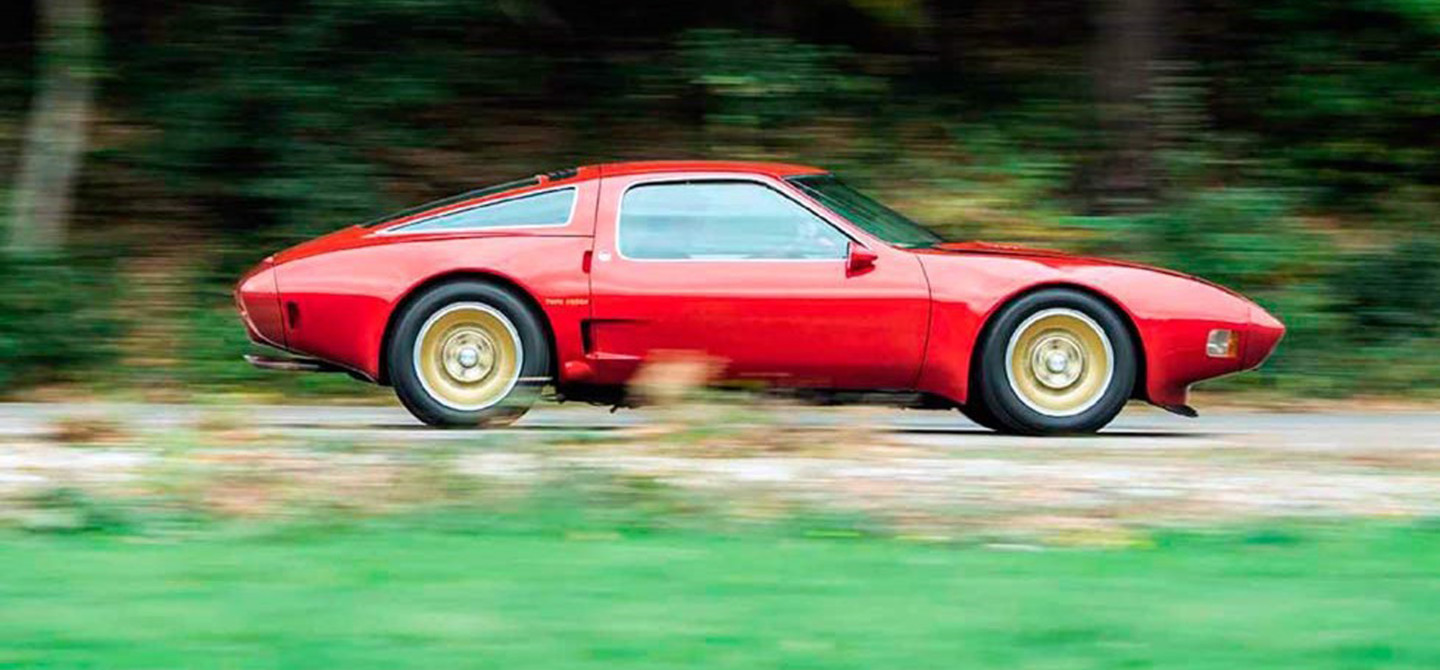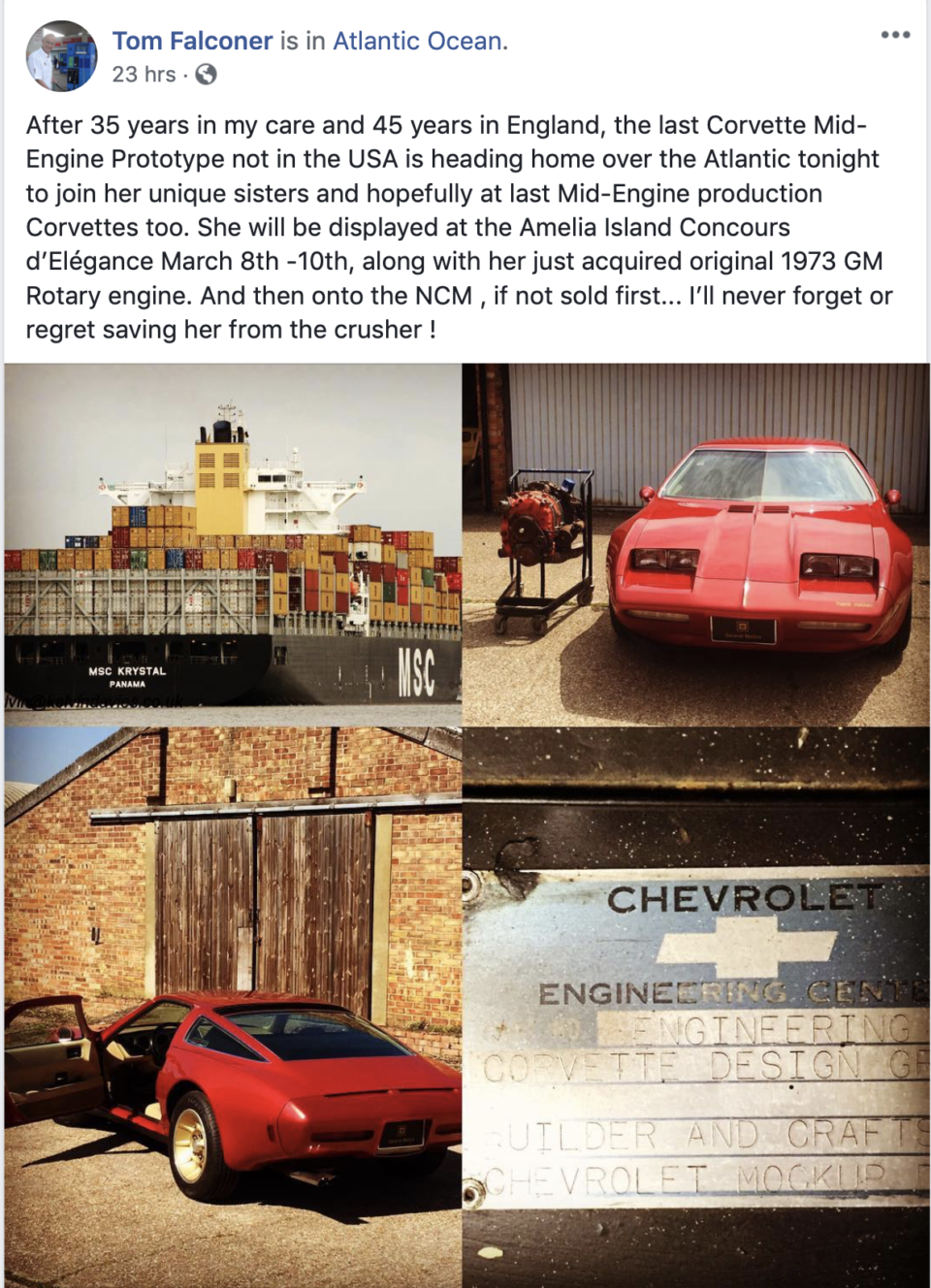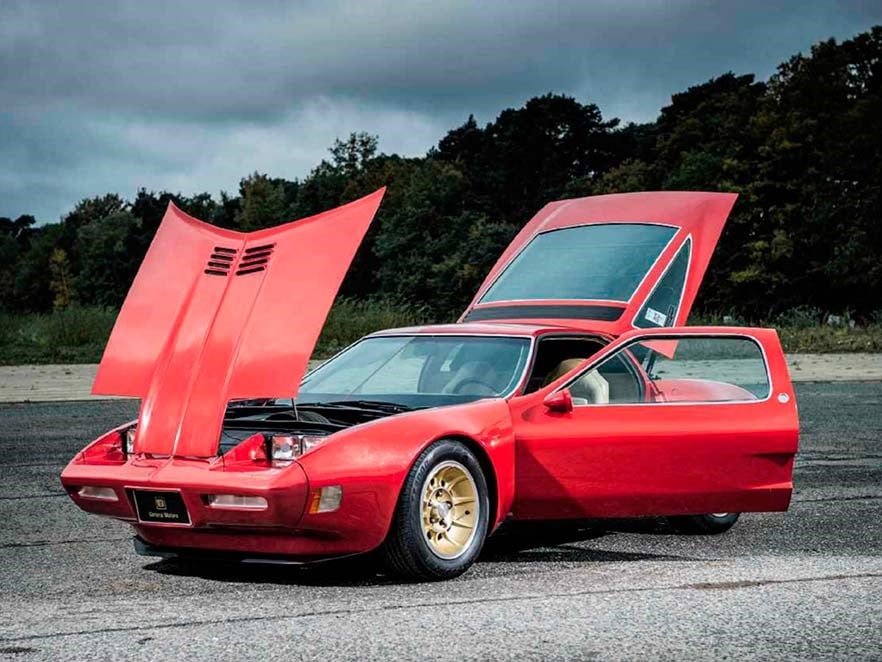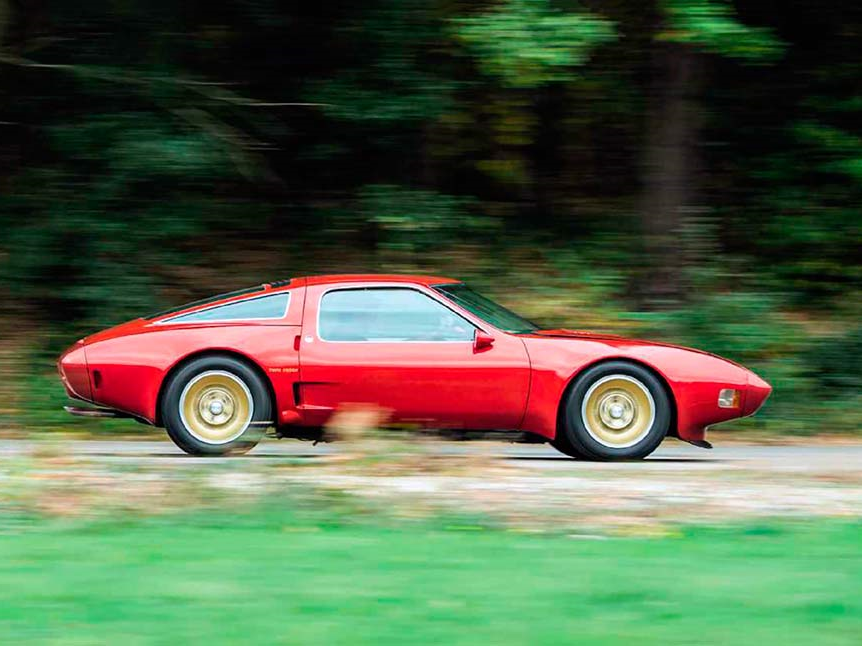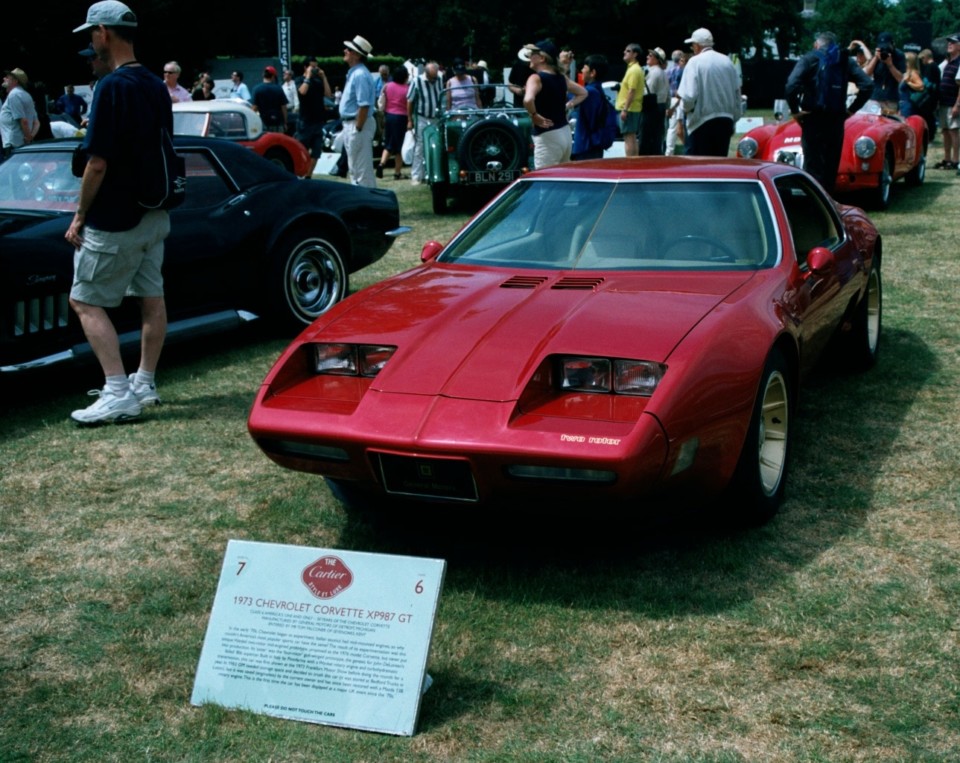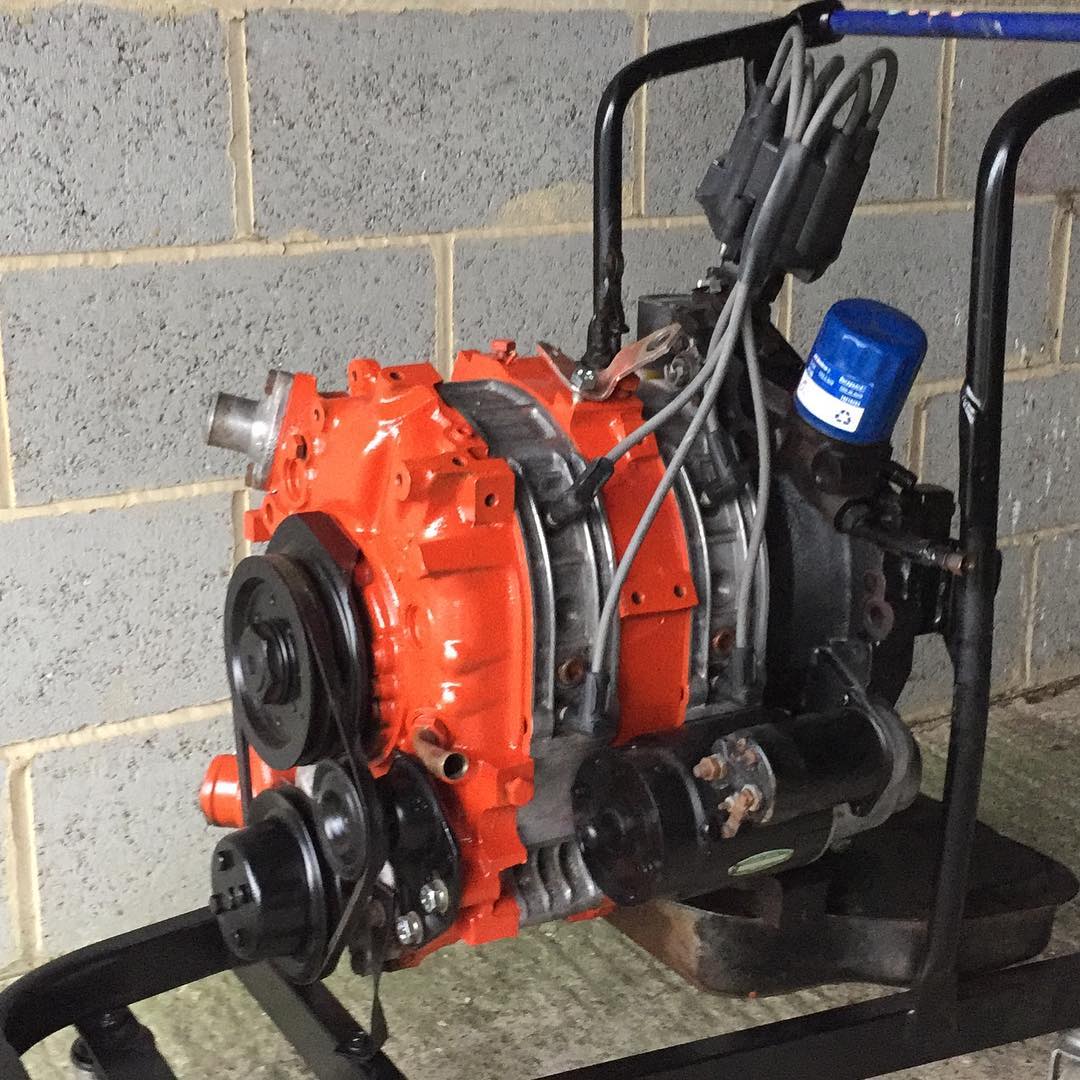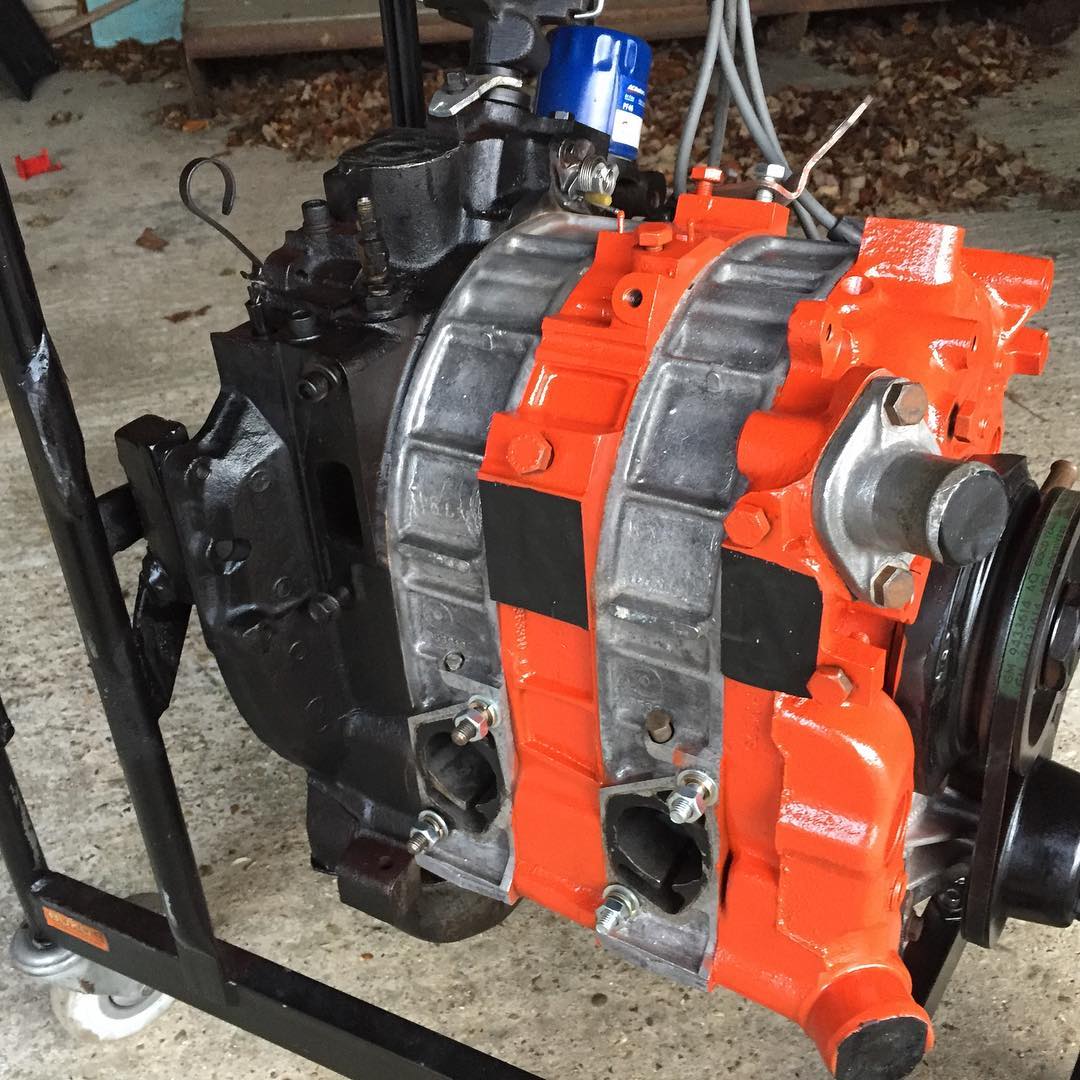Browsing Facebook last night, I spotted an intriguing post from Tom Falconer. Tom is a fellow Brit who has always been intertwined with my personal Corvette story. We became friends when at the age of 21, I received one of his books as a birthday present from a thoughtful friend. Tom has put me in touch with his contact for all of the cars he’s imported into the UK from the States. I subsequently went to Tom whenever I was looking for a Corvette when I lived in the UK. We are both authors of Corvette-related books and see each other most years at Le Mans. We are friends on Facebook and this post popped up on my Facebook feed last night.
My immediate thought was, ‘why would Amelia Island be putting on a display of mid-engined Corvettes in 2019?’ My immediate answer was that perhaps GM asked Amelia Island to gather the prototype mid-engined Corvettes to form part of a display with the all-new mid-engined C8. Amelia Island Concours D’Elegance takes place this year on Sunday, March 10th. It also coincides with one of the world’s biggest and most important motor shows in Geneva Switzerland. My assumption is that they will launch the C8 at the Geneva International Motor Show. The show begins on Thursday March 7th. I suspect they’ll probably introduce the new car on Friday and have the C8 on display along with its two predecessors that Sunday at Amelia Island.
The XP987 History
The mid-engined concept mounted a 266ci, 180 hp, GM-developed Wankel engine (called RC2-266) transversely. It was mounted to a new automatic transaxle being developed for the forthcoming X-body Citation. Designed by GM’s Experimental Studio, it was built in six months on a modified Porsche 914 chassis by Italian styling house Pininfarina (the car was ready by April of 1972). The Two-Rotor made its debut at the 1973 Frankfurt show. Like the original XP-882, it was widely believed to be a precursor of the next-generation Vette.
The development of the Corvette replacement – the Two Rotor – went in parallel with the Vega and it was to be a “European-friendly” size. It was intended to perform on the available power but also to meet GM President Cole’s new space-saving initiative. The stylists chose a mid-engine layout mainly because it could use the engine and transmission package destined for the front-wheel-drive, high-volume models.
Tom Falconer and the XP897
In 1982, Tom received a phone call from Geoff Lawson, the late Jaguar design chief, who was working as head of styling for the Bedford Truck company near Luton in the UK. Geoff knew Tom was passionate about Corvettes and called to tell him the next day they were scheduled to crush a Corvette that had a steel body. Tom instantly knew this had to be the mythical two-rotor show car which was supposedly lost in a fire in California in 1977.
Tom begged Lawson not to crush the car. Meanwhile, Tom called the head of GM Styling, Chuck Jordan, who he had come to know while writing a book about the Cadillac Seville. A meeting was arranged at the GM Tech Center in Detroit to discuss the future of the orphan prototype. Jordan soon explained the reason for the two-rotor Corvette’s death sentence: it was a shameful embarrassment, a painful reminder of the expensive Wankel interlude and an ideological dead end. As far as he was concerned, no Corvette would ever have a steel body or a mid-mounted engine.
My immediate thought was, “why would Amelia Island be putting on a display of mid-engined Corvettes in 2019?”
Tom pleaded for the car’s life and convinced Jordan he should be allowed to take it into protective custody. Tom won the argument and it’s been in his possession ever since. The twin-rotor and transaxle were not in the car when Tom acquired the prototype body. Given the likelihood of him being able to locate the correct engine was virtually zero, Tom decided to fit the car with a suitable replacement from a Mazda. The Mazda 13B rotary engine was eventually fitted in 1997 and mated to a Cadillac front-wheel drive automatic gearbox as per the original design. The car was resprayed in its original Candy Apple Red (the paint in the door jambs is original). Tom “relaunched” the two-rotor at the National Corvette Restorers Society Flight 2000 event.
GM and the Rotary
In 1970, GM President, Ed Cole, agreed to pay $50 million for the production rights to the Wankel rotary engine. It was a bargain in GM terms, and his grand plan was the GM of the future would be all-Wankel. Cole had enough power to see his rotary plan become reality. The problems he and his engineers knew about (and took Mazda so long to fix) would surely be easy for a giant like GM. The Vega model would be the first recipient of what became known as GM’s Rotary Combustion Engine, since the Wankel name was taboo. It featured two rotors, each with three combustion chambers equivalent to a total chamber volume of 6,538cc, according to the way GM measured it. Power was 180bhp – low for such capacity, but in line with what the European Wankels were achieving, even if their nominal volumes were a lot smaller. In the end, GM declared the capacity as 266ci, or 4,362cc.
The 1973 GM-RCE266 Wankel Rotary Engine Photos: Tom Falconer
Tom Falconer has recently found one of the original GM RCE266 engines. It will be on display alongside the XP987 at Amelia Island. At some point in the future, Tom plans to reunite the engine with the car. Once Amelia Island is over, the XP987 will be heading to its spiritual home, the National Corvette Museum in Bowling Green, Kentucky. Hopefully, it will be on display for a while, as this car is a crucial missing part of the Corvette storyline and with the imminent introduction of the mid-engined C8 Corvette, it is hugely relevant.


